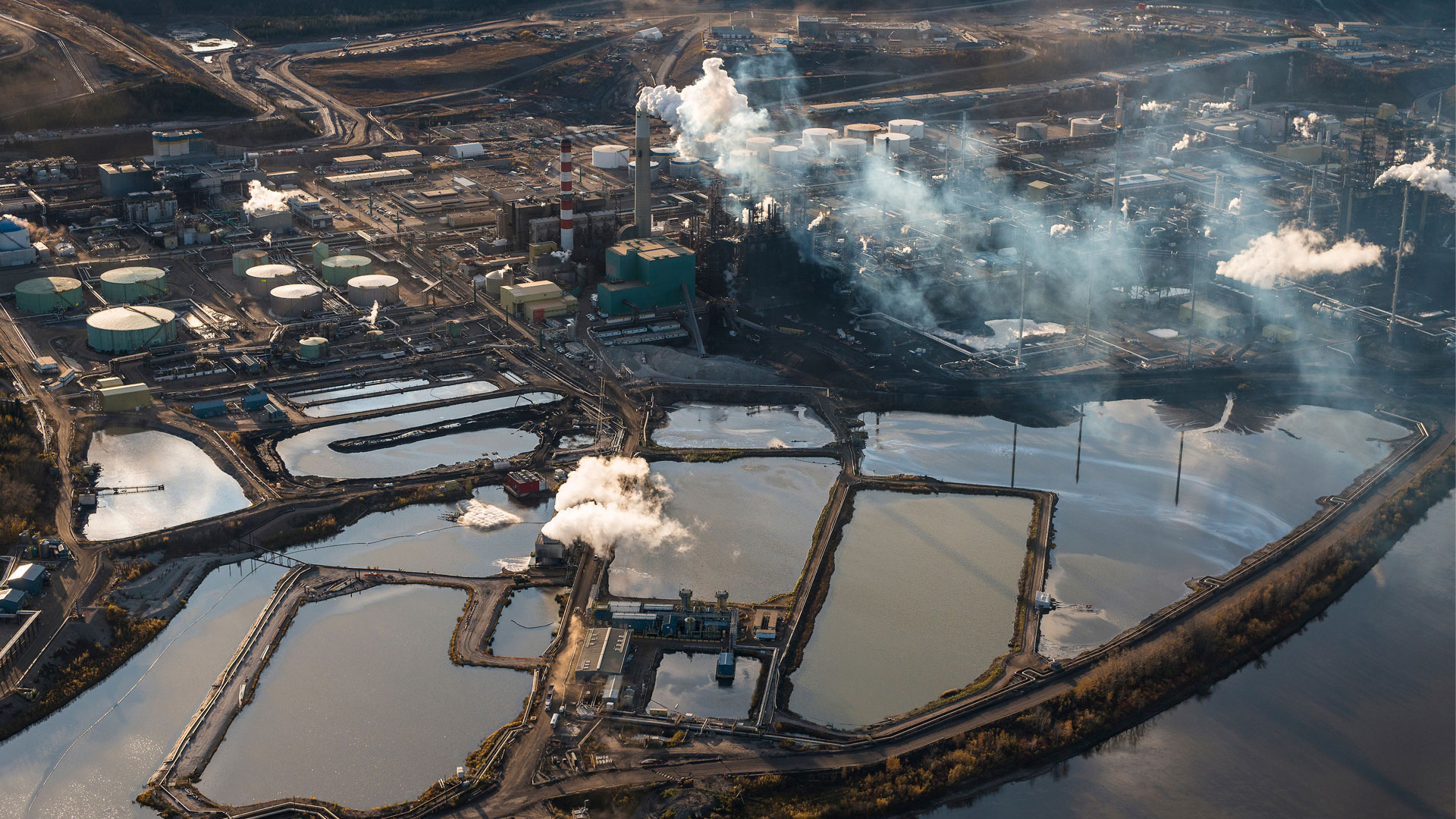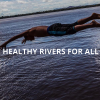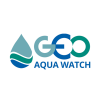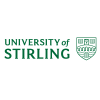Water quality
"Total mass of living matter in a given body of water." (United Nations Publication, 2013)
United Nations Publications. "Glossary of Shared Water Resources (English-Arabic): Technical, Socioeconomic and Legal Terminology." (2013). DOI:https://dx.doi.org/10.18356/70b462ce-en
Related Content
Article
Acuaporinas: la lucha contra la crisis mundial del agua utilizando el propio filtro de la naturaleza
Exploring the exciting potential of hyperspectral imaging for water quality monitoring
Harmful Algal Blooms occur when toxin-producing algae experience excessive growth within bodies of water. These blooms have the potential to cause detrimental effects on both aquatic and human health and can sometimes even cause death, depending on the type of algae involved (NIEHS, 2021). Thanks to the use of space-based remote sensing technology to monitor water quality conditions in coastal areas and drinking water reservoirs, nations are becoming more aware of the quality of their water.
Acuaporinas: la lucha contra la crisis mundial del agua utilizando el propio filtro de la naturaleza
Acuaporinas: la lucha contra la crisis mundial del agua utilizando el propio filtro de la naturaleza
Acuaporinas: la lucha contra la crisis mundial del agua utilizando el propio filtro de la naturaleza
Exploring the exciting potential of hyperspectral imaging for water quality monitoring
Harmful Algal Blooms occur when toxin-producing algae experience excessive growth within bodies of water. These blooms have the potential to cause detrimental effects on both aquatic and human health and can sometimes even cause death, depending on the type of algae involved (NIEHS, 2021). Thanks to the use of space-based remote sensing technology to monitor water quality conditions in coastal areas and drinking water reservoirs, nations are becoming more aware of the quality of their water.
A celebration of valuing water for World Water Day 2021
World Water Day, celebrated each year on March 22nd, since 1993, celebrates water and raises awareness of the ongoing global water crisis. The theme this year is Valuing Water. Much more than just price, water has huge value for households, food, culture, health, education, and the environment (UN Water 2021).
Capacity Building and Training Material
ARSET - Assessing the impacts of fires on watershed health
Overview
This advanced-level training will focus on using remote sensing observations for monitoring post-fire impacts on watershed health, building off the ARSET training offered in 2021: Satellite Observations and Tools for Fire Risk, Detection, and Analysis.
Event
Local Perspectives Case Studies
Project / Mission / Initiative / Community Portal
Stakeholder
Person

Esther Maina
GIS and Remote Sensing expert Kenya Space Agency
Esther W. Maina is a skilled geospatial and remote sensing expert with over five years of experience leveraging space-based technologies to advance food systems resilience, natural resource management, and policy development in Kenya. She holds a Bachelor of Science in Geospatial Information Science from Dedan Kimathi University of Technology and a Master’s in Space Entrepreneurship at the European Institute of Innovation for Sustainability in Italy.
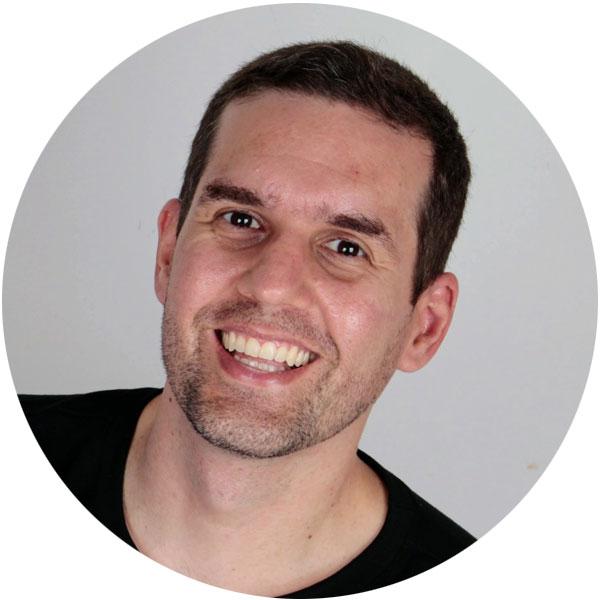
Dhalton L. T. Ventura
Water Resources Specialist National Water and Sanitation Agency of Brazil
Dhalton is a biologist, with a graduate certificate in environmental management and both a master’s degree and a Ph.D. in Ecology (University of Brasilia and University of Rio Grande do Norte, respectively). After working in the Amazonian Manatee Project as a research trainee and taking a course on Tropical Ecology and Conservation in Costa Rica, he joined the Brazilian National Water and Sanitation Agency (ANA) as a water resources specialist in 2006.

Shaima Almeer
Senior Space Data Analyst Bahrain Space Agency
Shaima Almeer is a young Bahraini lady that works as a senior space data analyst at the National Space Science Agency. At NSSA she is responsible for acquiring data from satellite images and analyzing them into meaningful information aiming to serve more than 21 governmental entities. Shaima is also committed to publishing scientific research papers, aiming to support and spread the knowledge to others.



















































